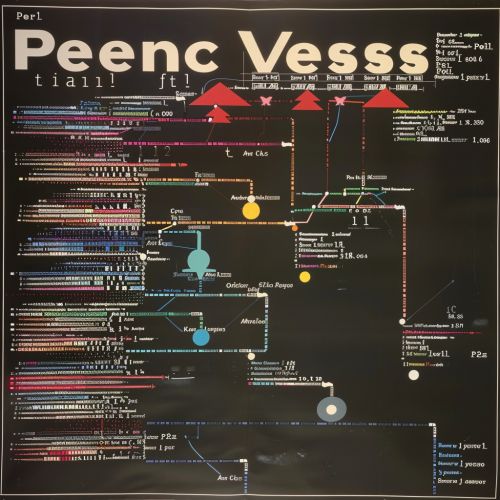Perl (programming language)
Overview
Perl is a high-level, general-purpose, interpreted, dynamic programming language. Originally developed by Larry Wall in 1987 as a general-purpose Unix scripting language to make report processing easier, Perl has since evolved into a powerful object-oriented language, while still maintaining its simplicity of use. It is used for a wide range of tasks including system administration, web development, network programming, GUI development, and more.
History
Perl was first released by Larry Wall in 1987. Wall began work on Perl in late 1986, while working as a programmer at Unisys, and released version 1.0 to the comp.sources.misc newsgroup on December 18, 1987. The language expanded rapidly over the next few years. Perl 2, released in 1988, featured a better regular expression engine. Perl 3, released in 1989, added support for binary data streams.


Design
Perl's design philosophy is expressed in the commonly cited motto "There's more than one way to do it," commonly known as TMTOWTDI. This approach can be seen in the language's feature set, which supports procedural, functional, and object-oriented programming styles. Perl also provides powerful text processing facilities without the arbitrary data-length limits of many contemporary Unix tools, facilitating easy manipulation of text files.
Features
Perl includes a number of features that make it a powerful and flexible language. These include:
- Dynamic typing: Perl is dynamically typed, meaning that variables do not have a fixed type and can be used to hold different types of values at different times.
- Regular expressions: Perl has rich support for regular expressions, which are a powerful tool for text processing.
- Data structures: Perl supports complex data structures, such as arrays of hashes and hashes of arrays.
- Object-oriented programming: Perl supports object-oriented programming through its package mechanism.
- CPAN: The Comprehensive Perl Archive Network (CPAN) is a repository of over 250,000 Perl modules and scripts, which can be automatically downloaded and installed through the CPAN shell.
Syntax
Perl's syntax is derived in part from C, with additional influences from shell scripting, AWK, and sed. Variables in Perl are denoted by a leading sigil, which is a symbol that indicates the type of the variable. The three main types of variables in Perl are scalars (denoted by $), arrays (denoted by @), and hashes (denoted by %).
Usage
Perl is used in a wide variety of applications. It is particularly popular for system administration tasks, such as file manipulation, job scheduling, and rapid prototyping. Perl is also commonly used for web programming, text processing, and network programming. Other applications of Perl include bioinformatics, finance, and graphics programming.
Criticism and Reception
While Perl has been praised for its flexibility and power, it has also been criticized for its complex syntax and perceived unreadability. Some have referred to Perl as a "write-only language," implying that Perl code can be difficult to read and understand. However, Perl proponents argue that with proper coding practices, Perl code can be as readable as code written in any other language.
